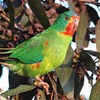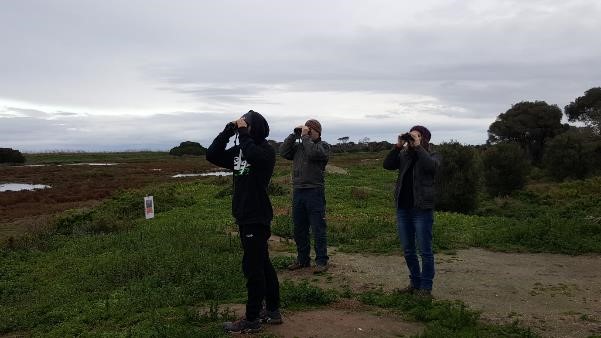
Calling for big data
Thursday, 06 October 2016TSR Hub researchers Professor Hugh Possingham and Dr Elisa Bayraktarov are collaborating with James O’Connor, Glenn Ehmke and Joris Driessen from Birdlife Australia to create the “Dow Jones” for threatened species. That is, they are going to create an index that reports on annual changes in Australia’s threatened species populations.
Elisa Bayraktarov recently visited BirdLife Australia in Melbourne to work on the joint BirdLife-NESP database. During the two-week visit, NESP/BirdLife researchers established a strategy for data sharing, collated a database with contact information on potential data custodians for over 250 threatened bird species, and initiated a national call for monitoring data.
The researchers have already made good progress, collating incoming data from a multitude of stakeholders across the nation and for a range of threatened species.
“We are very surprised at how enthusiastic all the scientists and agencies are to share their data for a good cause,” comments Elisa, who is part of the NESP/BirdLife data management team.
Once received, the data will need to be adapted into a model-friendly format for trend analysis. The group is now working on criteria that prioritise incoming datasets for processing.
“We are collaborating with the Zoological Society of London to test their Living Planet Index method as a candidate for an Australian threatened species index”, she continues. “We anticipate having a fair amount of representative threatened species data in our integrated database to test several potential indices in our analytical workshop in March next year,” she says.
The team is now calling for any available data on threatened Australian bird species – with a particular interest in repeated quantitative measures of abundance in which survey methods and the area surveyed have remained the same over a number of years.
“Bird monitoring data exists in many forms and resides with many people, so we are currently collecting any kind of raw data on threatened birds,” Elisa explains.
“An index is only ever as good as the data that goes into it, so all data, even from very small scale monitoring programs is potentially very valuable to the research,” comments Glenn Ehmke, Monitoring Program Manager of BirdLife Australia and project collaborator.
Professor Hugh Possingham says “if the pilot work on birds works, we will expand our work to other taxonomic groups.
Ultimately we would like to see an index that can be credibly made public each year for different taxonomic groups, regions and type of threat.”
If you or your department/organisation hold such data, or if you have any further questions, please contact the researchers via email on:
Elisa Bayraktarov (NESP TSR Hub): e.bayraktarov@uq.edu.au
Glenn Ehmke (BirdLife Australia): Glenn.Ehmke@birdlife.org.au
Joris Driessen (BirdLife Australia): joris.driessen@birdlife.org.au
Image: 'Twitching' for threatened Orange-bellied Parrots in the Melbourne Western Treatment Plant area: Jordan O'Connor, James O'Connor and Jen Sutfin (Birdlife Australia). Image supplied by Elisa Bayraktarov.
-
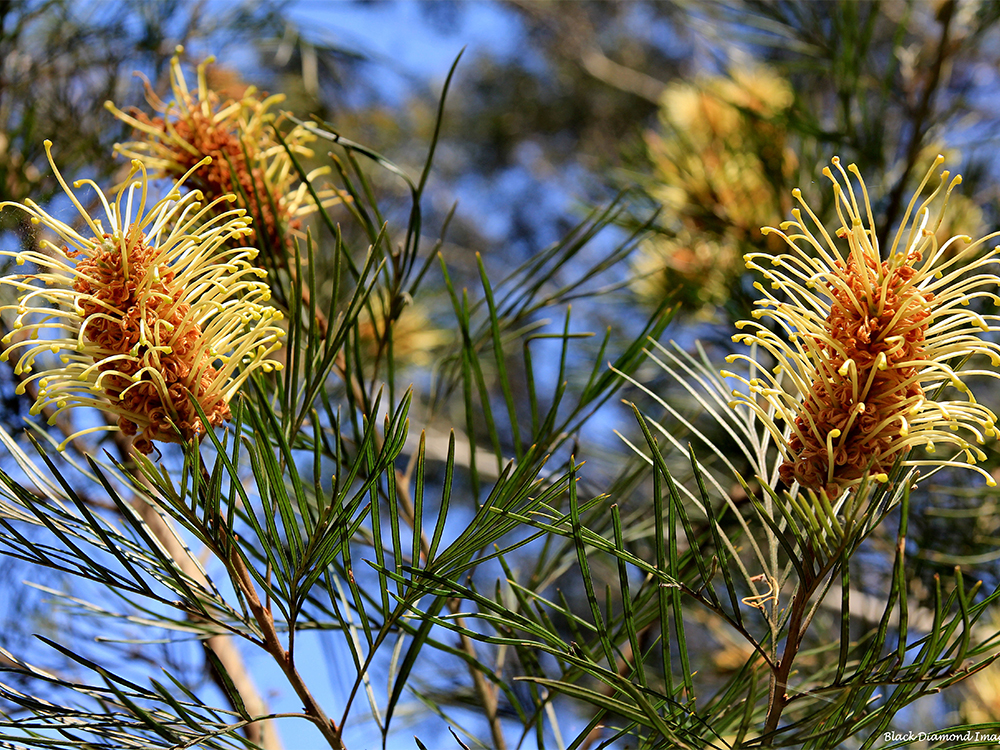
Threatened plant trends in the spotlight
Thursday, 11 March 2021 -
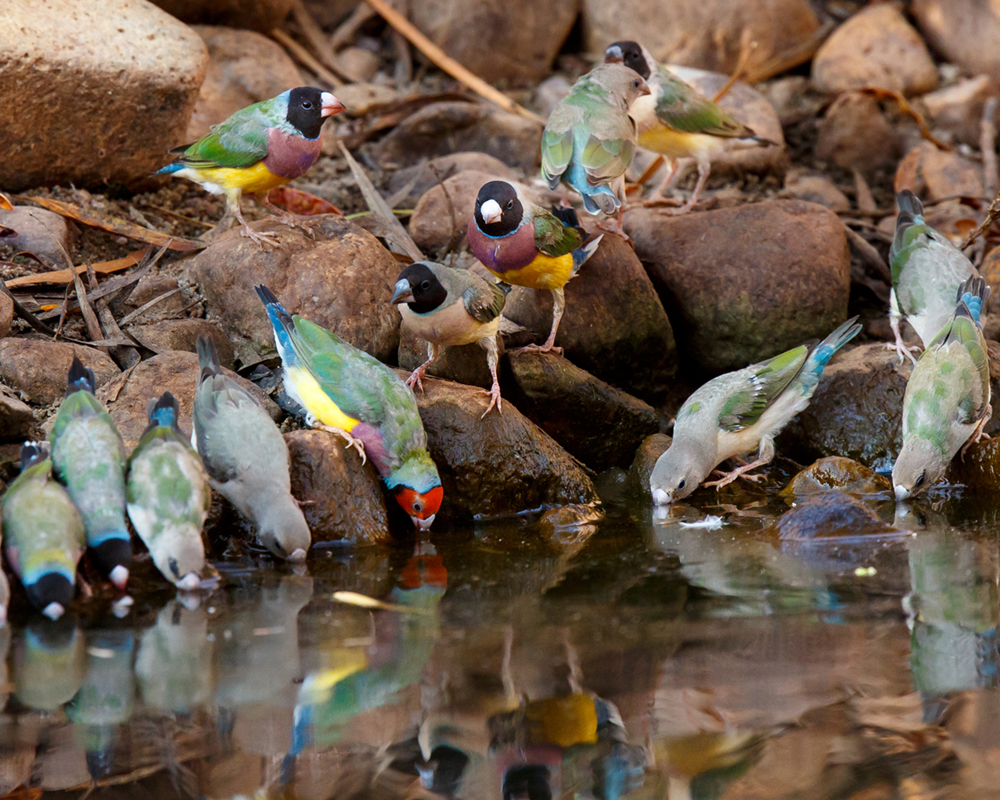
Australian threatened bird populations drop by half in 30 years on average
Tuesday, 27 November 2018 -

Call for threatened species data
Friday, 03 May 2019 -
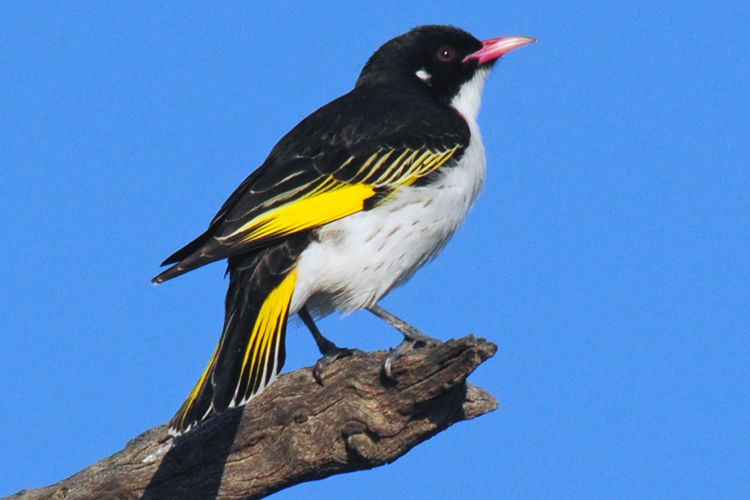
Trending now: The new Threatened Species Index for Australian birds
Tuesday, 12 March 2019 -
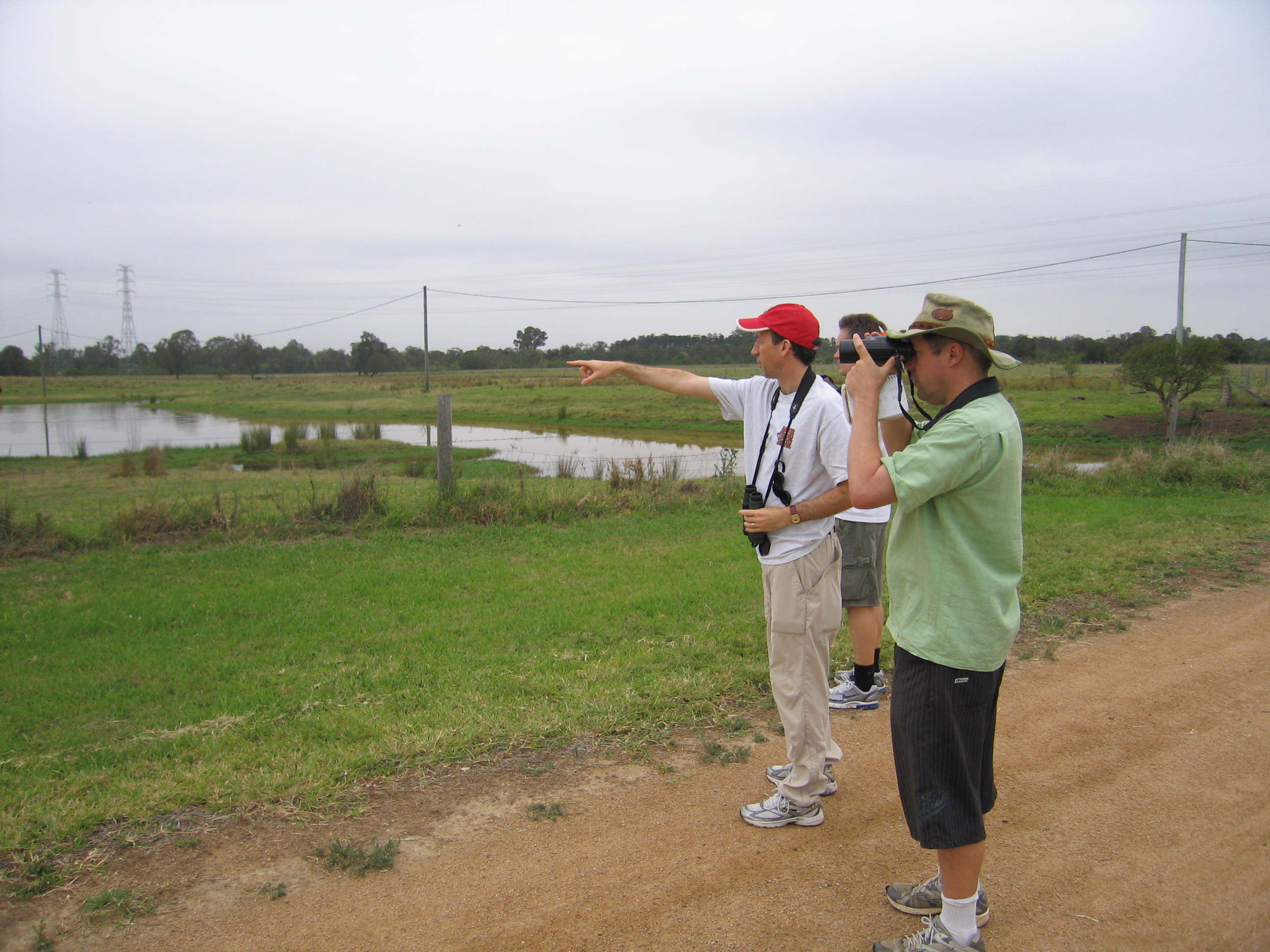
Measuring return on investment in threatened species recovery
Monday, 02 May 2016 -
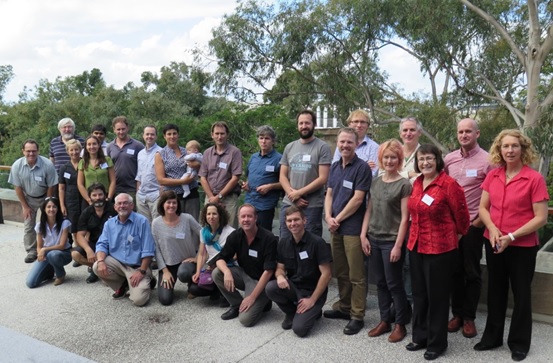
Planning under way for new index
Thursday, 09 June 2016 -
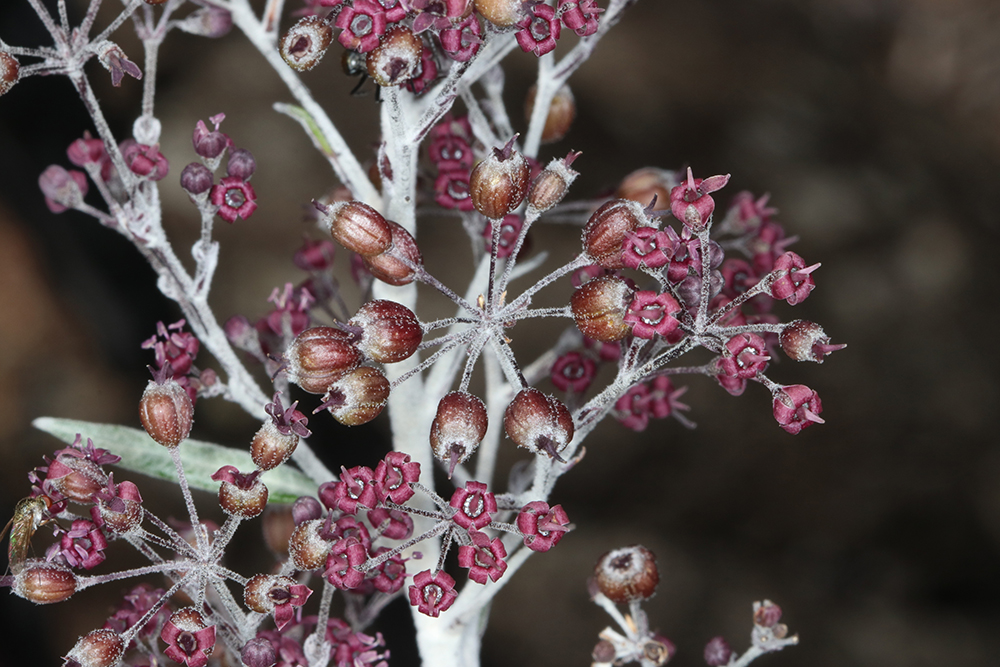
Threatened Plant Index of Australia: 2020 Results
Thursday, 03 December 2020
